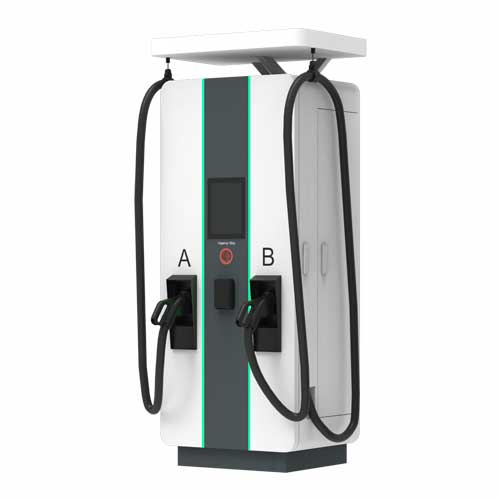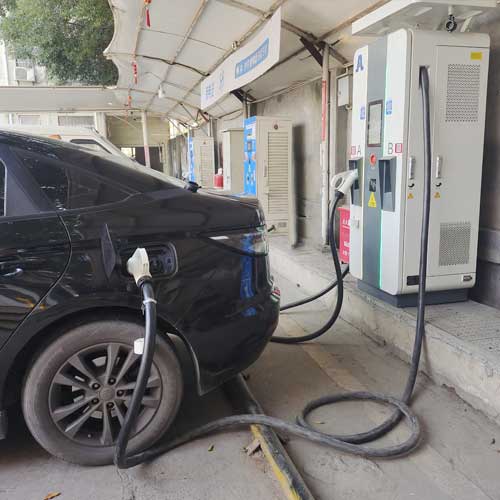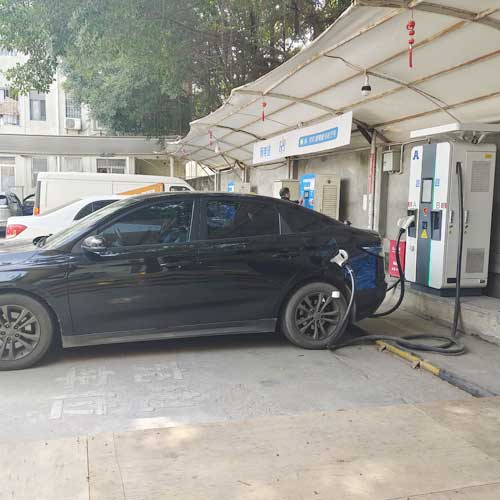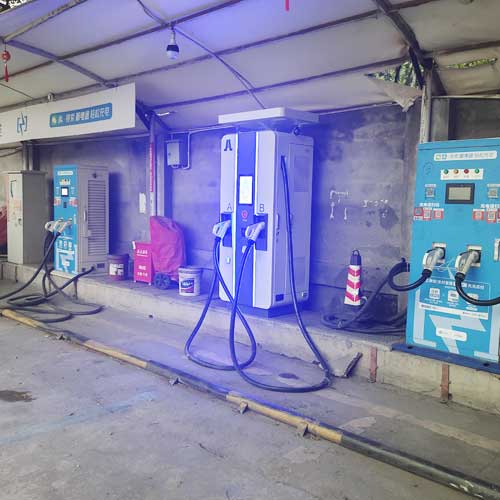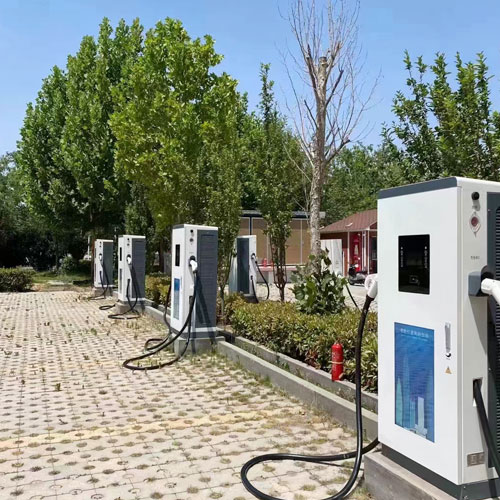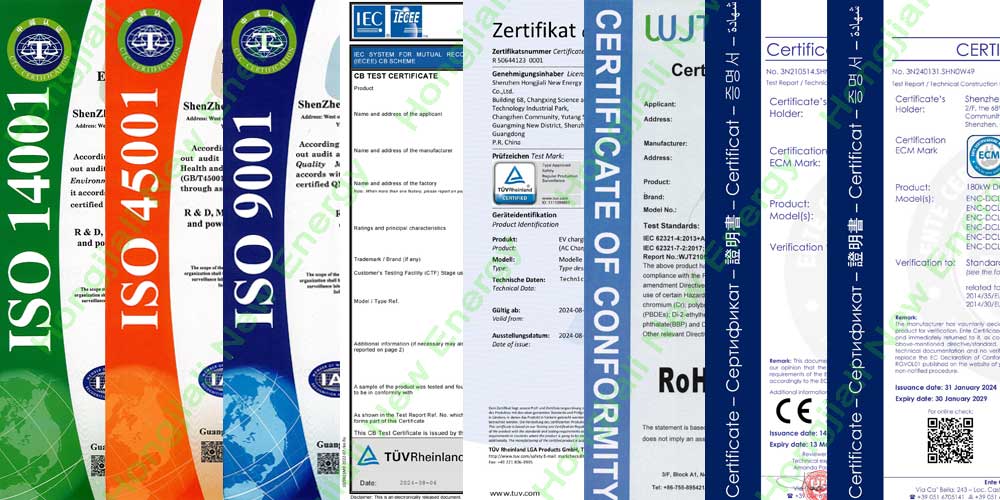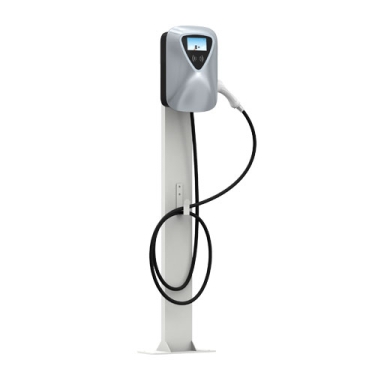The CCS2 DC charger is a charging device designed for electric vehicles. It follows the CCS2 charging interface standard and is one of the widely adopted electric vehicle charging standards in Europe and some other regions. It combines the functions of AC charging and DC fast charging, supports different types of charging through the same interface, and greatly improves the flexibility and convenience of charging equipment.
The CCS2 DC charger is a powerful, safe, reliable and compatible electric vehicle charging device. Its product technical parameters are as follows:
Parameters | Requirements |
General Requirements | |
EV Charger Type | DC |
Charger Capacity | 180kw |
Equipment size | L720*W401*H2000mm/L750*W750*H1920mm |
Product Model NO. | ENC-DCL180B |
ANSI-DCL180B | |
JIS-DCL180B | |
Mounting | Ground-Mounted |
Input Requirements | |
AC Supply System | Three-Phase, 5 Wire AC system |
Nominal Input Voltage | AC380V±15% |
Input Frequency | 45-65Hz |
Environmental Requirements | |
Ambient Temperature Range | -25 to 55°C |
Ambient Humidity | 5 to 95% |
Storage Temperature | -40 to 70°C |
Mechanical Requirements | |
IP Ratings | IP 54 |
Cooling | Air-cooled |
Output Requirements | |
Number of Outputs | 2 |
Type of Each Output | 200-1000VDC |
Single Output Max.Current | 200/250 Amp |
Power Factor | ≥0.99(50% load above) |
User Interface & Display Requirements | |
Display & Touch-Screen Size | 7 Inches Touch Screen with Shell |
User Authentication | QR Code/RFID Card /Password Login |
Metering Information | Consumption Units |
Communication Requirements | |
Communication between EVSE and Central server | OCPP 1.6J Protocol (Optional) |
Interface between Charger and CMS | Ethernet/3G/4G/WIFI (Optional) |
Protection & Safety Requirements | |
Executive Standard | IEC 62196 2017, IEC 61851 2017, SAE J1772,CHAdeMO etc. |
Safety Parameters | Over Current, Over Voltage, Under Voltage, Residual Current, Surge Protection, Leakage Protection, Short Circuit, Over Temperature, etc. |
